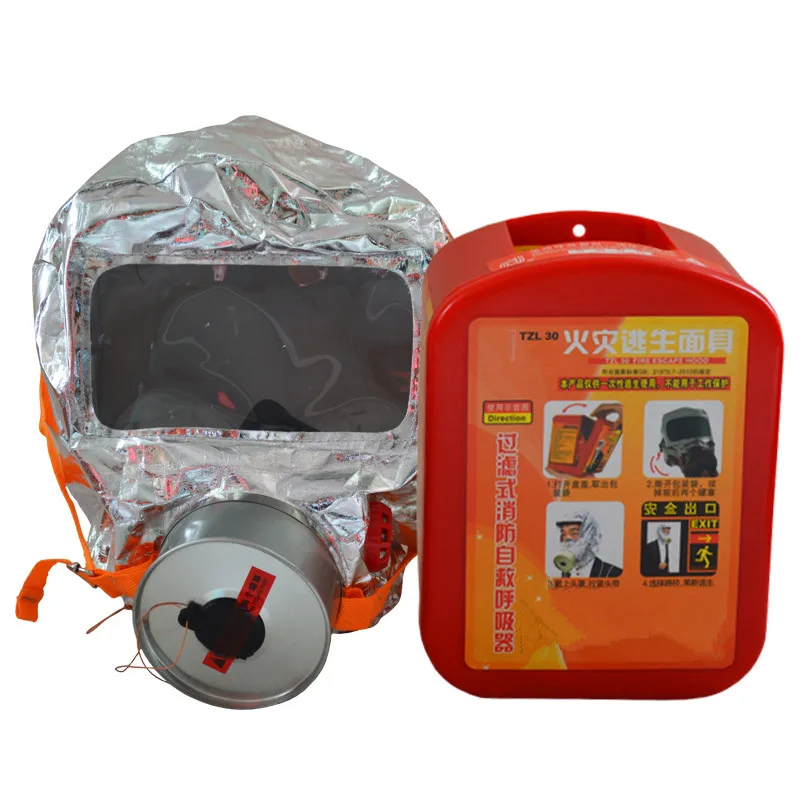
Tanks worked effectively on firm, dry ground, in spite of their slow speed, mechanical problems, and vulnerability to artillery. This British invention used American-designed caterpillar tracks to move the armored vehicle equipped with machine guns and sometimes light cannon. Britain retaliated by bombing German cities.īack on the ground, the tank proved to be the answer to stalemate in the trenches. Germany also used its fleet of huge dirigibles, or zeppelins, and large bomber planes to drop bombs on British and French cities. Airmen at the front did not often live long. Pilots who were shot down often remained trapped in their falling, burning planes, for they had no parachutes. These light, highly maneuverable fighter planes attacked each other in wild air battles called dogfights. The Allies soon armed their airplanes the same way, and war in the air became a deadly business. In 1916, the Germans armed planes with machine guns that could fire forward without shooting off the fighters’ propellers. As their effectiveness became apparent, both sides shot planes down with artillery from the ground and with rifles, pistols, and machine guns from other planes. At first they were used only to observe enemy troops. Between attacks,the snipers, artillery, and poison gas caused misery and death.Īirplanes, products of the new technology, were primarily made of canvas, wood, and wire. Those lucky enough to be rescued still faced horrible sanitary conditions before they could be taken to proper medical facilities. Wounded men often lay helpless in the open until they died. A victory usually meant they had seized only a few hundred yards of shell-torn earth at a terrible cost in lives. They had to cut through belts of barbed wire before they could use rifles, bayonets, pistols, and hand grenades to capture enemy positions. When attacks were ordered, Allied soldiers went “over the top,” climbing out of their trenches and crossing no-man’s-land to reach enemy trenches. The power of defensive weapons made winning the war on the western front all but impossible for either side. Technological developments in engineering, metallurgy, chemistry, and optics had produced weapons deadlier than anything known before. The popular image of World War I is soldiers in muddy trenches and dugouts, living miserably until the next attack. The United States and other countries felt the effects of the war for years afterwards.

New technology made war more horrible and more complex than ever before.

One of the saddest facts about World War I is that millions died needlessly because military and civilian leaders were slow to adapt their old-fashioned strategies and tactics to the new weapons of 1914.

Tar Heel Junior Historian Association, NC Museum of History Reprinted with permission from Tar Heel Junior Historian, Spring 1993.


 0 kommentar(er)
0 kommentar(er)
